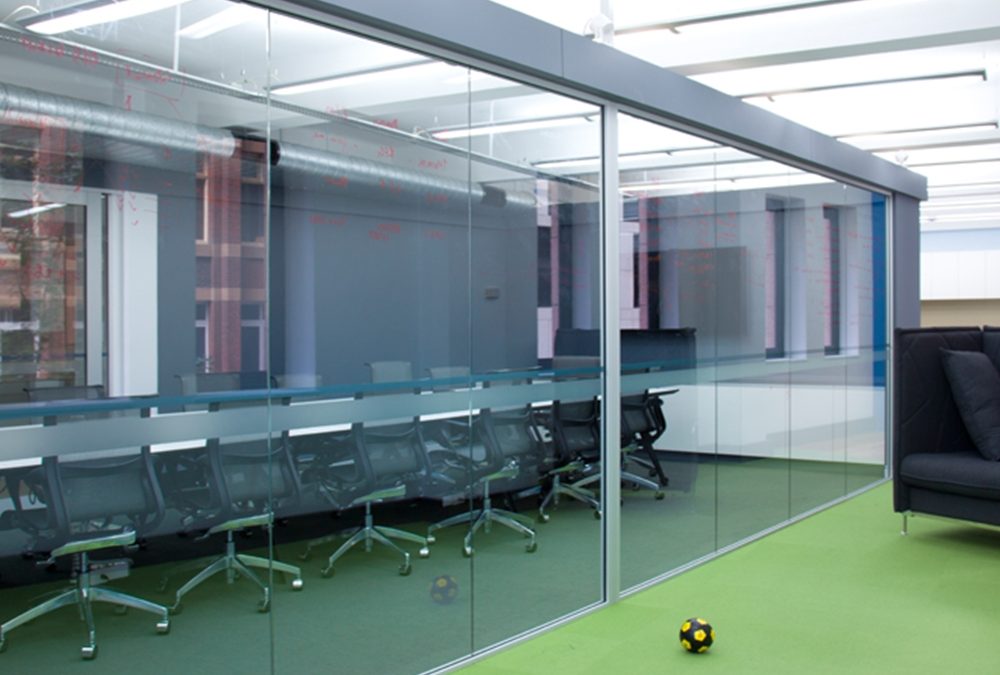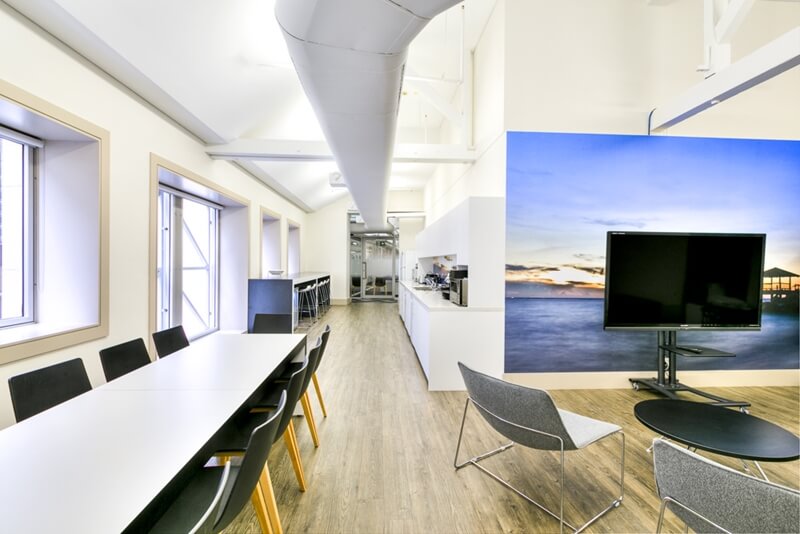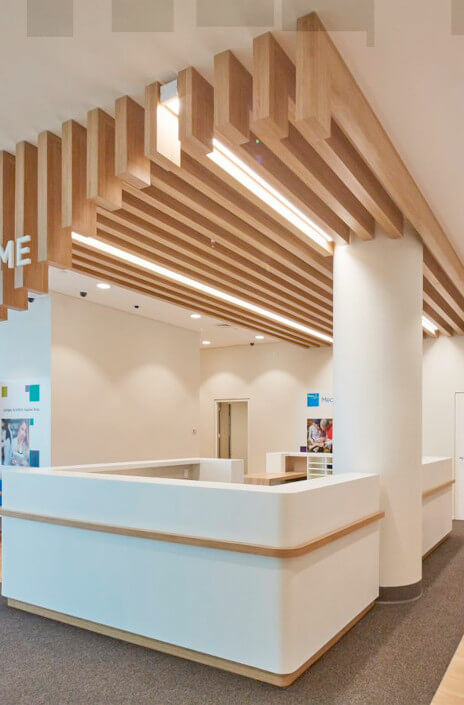
They say bad office design is in the eye of the beholder, but they’re wrong.
Every year, new trend pieces emerge telling us what constitutes good and bad office design, largely based on the tastes of the time or a prevailing aesthetic. What these articles don’t do is warn you when office design mistakes can actually have a negative impact on your business.
It’s time to right that wrong, and give you the workplace design ideas that could be a net loss for your business – not just what’s hot.
1) Collaborative environments
Open-plan spaces where people have to engage with one another at all times seems like a good idea in theory. Social, vibrant, energetic – but also distracting. As Bond Business School’s Libby Sander puts it, “forcing people to collaborate all the time is counter-productive and actually makes them more hostile and withdrawn”.

Collaboration in moderation is key. Workplace design needs to include spaces for both individual and group work, rather than pushing all employees into one or the other. Open-plan with a couple of meeting rooms doesn’t count. Use professional commercial design teams to get the right balance.
2) Spaces focused solely on work
Forget co-working or pro-working spaces – your office design needs to be more than a space for getting the job done. Gensler’s 2018 Experience Index shows that people go to any space with up to five core intentions:
- Accomplishing a specific task (working);
- Socialising with others (interacting);
- Exploring new ideas (discovering);
- Searching for distraction (entertainment);
- Finding purpose or growth (aspiration);
The index concludes that offices which can accommodate as many of these intentions as possible will result in residents or visitors having a much greater experience than a space designed specifically for just one.
Variety is the spice of life – doing away with the rigid structure of an old-school office design could have untold benefits.

3) Being tethered to a desk
Employment in Australia is changing, and offices have to change with it. Research from both Gensler and JLL both point to the same concepts: millennials / Gen Y are going to be the biggest workforce in the world, their jobs are going to be less hands-on, and those roles will focus on monitoring and capturing data.
Couple that with the increased demand for workforce flexibility, and offices need to start doing away with the idea of a permanent desk. The solution is going to look different for every business, and that’s where engagement with staff on what they want will be key.
Build the future with Innova
To break existing trends and create office design that reflects flexibility and forward thinking, you need to work with the experts. Get in touch with the Innova team when you’re ready to rethink the status quo.
